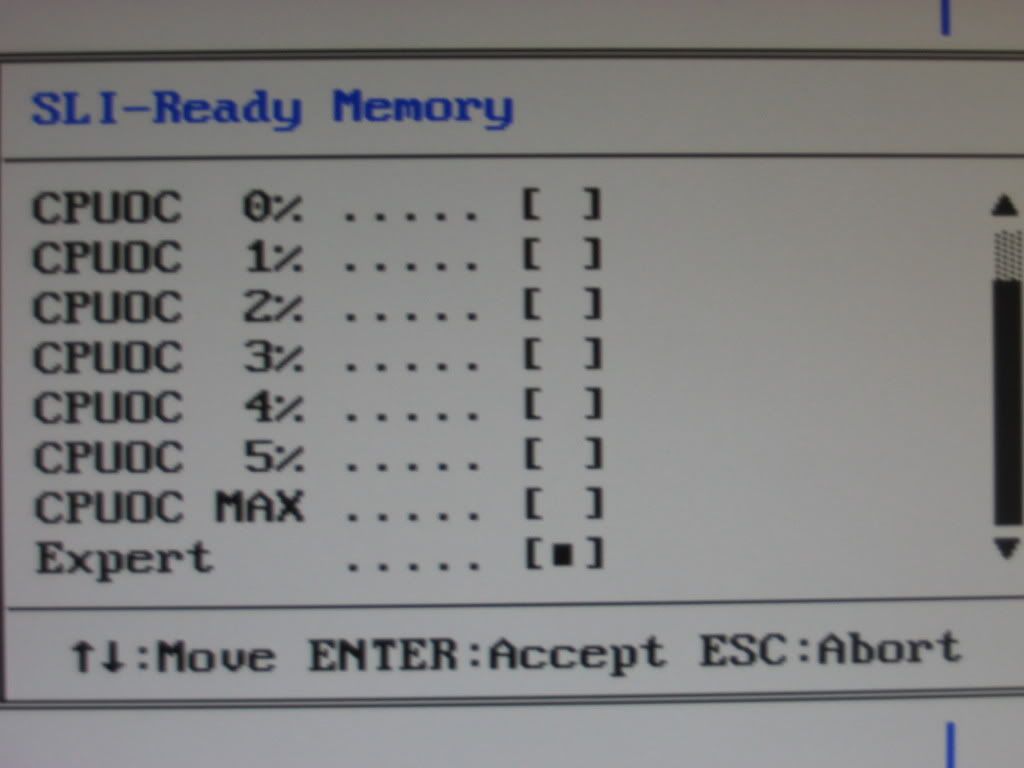A joint venture between NVIDIA and Corsair will have you checking for yet another feature next time you go RAM shopping – Enhanced Performance Profiles (EPP).
Announced unofficially a few weeks ago at a special press briefing in the belly of NVIDIA’s headquarters in Santa Clara, EPP is NVIDIA/Corsair’s gift to the enthusiast community. According to John Beekley, Corsair’s vice president of application engineering, the profiles will make use of the currently underused SPD chip on modern DIMMs. ‘We’ve been aware for quite a lot of time of these blanks in the JEDEC SPD … The JEDEC spec is missing some very critical parameters such as memory voltage.’
Simply hacking at the SPD directly wasn’t an option, said Beekley. ‘A lot of the time that simply won’t boot on a lot of different boards because the motherboards are programmed to expect to see a JEDEC SPD.’ Instead, Corsair made use of the empty part of the SPD chip to provide users with an easier way of moderating their memory timings and ultimately achieve a stable overclock.
This is done by storing either four abbreviated performance profiles or two full performance profiles, which can be accessed by motherboards with compatible BIOSs.
An abbreviated profile contains the bare essentials required to overclock any RAM - memory voltage, the command rate, cycle time, CAS latency, tRCD, tRP and tRAS. The full profile is meatier and includes drive strengths, setup time, write recovery and active/active refresh, as well as the timings of the abbreviated profile.




